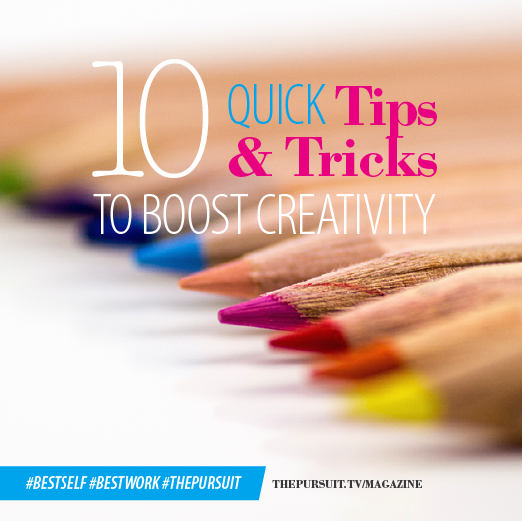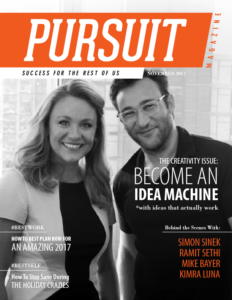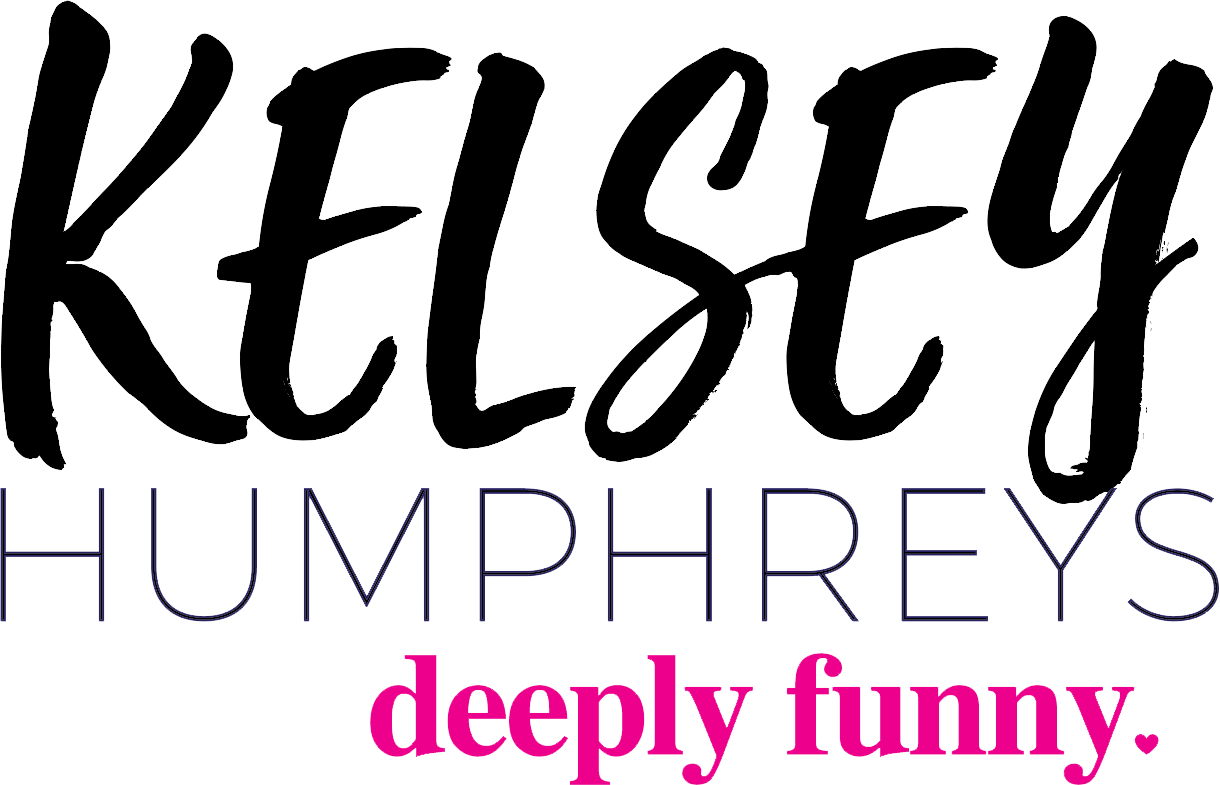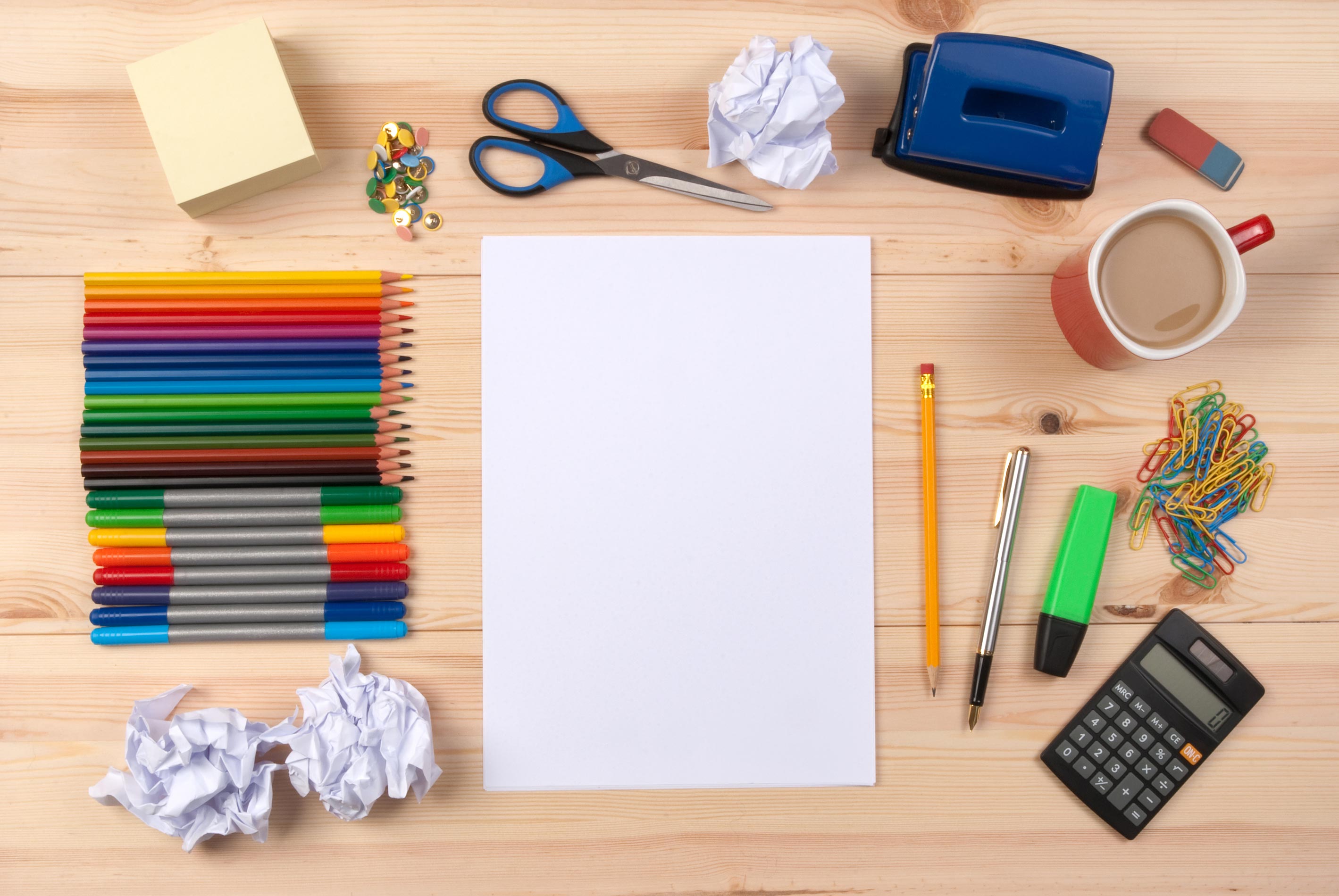10 Quick Creativity Tips & Tricks
By Jim Woods
Good news first: you can totally become more creative. The bad news: you have to have some kind of system in place. What? That doesn’t sound very creative, does it? I know. But not all systems are rigid and you can make one that fits you.
Whether or not you realize it, right now you’ve got a system. But your system may be broken or need some tweaking. For example, writing a blog post only when you feel like it is a broken system. (But most of us do this right? It’s okay. Don’t lower your head in shame. You’re not alone. Keep reading.)
Before we get to the list of 10 creativity boosters, I’ve got two important guidelines for you: 1. Don’t try these all at the same time. Pick a couple easy ones and go with those. 2. I highly, highly recommend you use a timer (like this) to keep yourself accountable.

Here are some practical tips you can do right now to be more creative:
- Go for a walk/exercise/chill out. What? This is number one? Yep. I’m assuming you are a bit overwhelmed, right? We all feel that way from time to time. Just think about what you really want to say and you want to do. Something is ready to come out, right? Spend a few minutes sorting out some of your thoughts. You’ll feel better, too.
- Go through some of your existing ideas. Can you add a new perspective or even update your content? Did you change how you feel about something? Re-release the content with something fresh.
- Go through your unfinished content. Put ideas you like into a “Spark file” where you already have an idea brewing. The spark file is just like it sounds. You can browse through it and pick some content to finish.
- Block those pesky distractions. I use Stayfocusd to block YouTube, email, Twitter, Facebook,etc. You can always turn off your wifi or go somewhere without wifi so you’re not tempted.
- Create in a new medium. If you normally write, record your content in audio and publish it as a podcast. Use your camera on your computer to record a video.
- Get really honest with yourself. Once you do this, you can make better decisions. Creativity is really about making good decisions and connecting things together, not waiting for magical “aha” moments.
- Fill your creative tank. There are certain movies, songs and books that seriously get your creative juices going. It’s almost as good as strong coffee! Watch a little clip of that movie on YouTube or read one of your favorite books. (Again, don’t forget the timer here.)
- Make things easy on yourself. We all have certain strengths that just come naturally to us. For example, we all know Kelsey is a really good encourager and that element comes out in all of her videos, podcasts or articles. Maybe you are really practical or great with marketing. Are you actually playing to your strengths? When you do this, you’ll be more creative because you won’t be exhausting your mental energy. But if you use up all your mental energy, that’s when you get stressed and overwhelmed.
- Create more than you consume. This is key if you really want to be creative. The easiest thing in the world is to sit by your computer or TV and watch hours and hours of Netflix. Or maybe you spend a lot of time on YouTube. Rescue Time is a great way to know how much time you are actually spending on different websites. Creativity is a lot of fun but it is often hard work. You must have some boundaries in place or you’ll have problems. Get another friend who is serious about creating to hold you accountable. It’s amazing how powerful accountability really is.
- Track your progress. This can be as simple as jotting down what you accomplished on your calendar or marking an X on that day. Another easy win is to journal a few thoughts before you go to bed. Give yourself something to look back on so you can KNOW what is working, instead of relying on guessing or emotions. You need to feel some kind of traction or you won’t keep doing an activity.
Once you find a couple things to try, it is really important to set some kind of goal. The cool thing is setting a goal can be simple. It doesn’t have to be a fancy SMART goal when you start (unless you really want it to be).
Your goal becomes the target for what it is you’re doing. One month is a great timeframe to set a goal. (This is why National Novel Writing Month – NaNoWriMO – during November works really well for many writers–including me.) One month also gives you a fair shake at trying something out. It also takes some of the emotion out of it. You know what it is you want to do and you have 30 days to do it.
Once you apply these concepts, you’ll have a head start on making a system to help you create. Don’t try to do everything at once. Focus on small victories and build on those. When you have a system in place, you’ll get better. And, most importantly, you’ll figure out what works for you.
There will be times when you figure out what you should NOT do. That’s okay. Progress is progress. Treat creativity and content creation like a scientist instead of someone with a magic lamp. If you’re struggling with being more creative, having someone give you an outside perspective often helps.
 This article originally appeared in the November Issue of our monthly magazine alongside articles from other great guest contributors and Kelsey, such as How to Become An Idea Machine, plus behind the scenes details from each November episode. To get the magazine subscribe here, issues are FREE but they expire each month so sign up today and download as soon they’re available or you’ll miss out! Subscribe
This article originally appeared in the November Issue of our monthly magazine alongside articles from other great guest contributors and Kelsey, such as How to Become An Idea Machine, plus behind the scenes details from each November episode. To get the magazine subscribe here, issues are FREE but they expire each month so sign up today and download as soon they’re available or you’ll miss out! Subscribe
 Jim Woods is a writer and productivity coach passionate about helping others live a better story. He’s the co-author of two books Ready Aim Fire! and Focus Booster. He is also the editor at Productivityist. He has edited Pursuit articles and helped launch multiple Pursuit initiatives. You can visit Jim’s website or connect with him on Twitter at @jimwoodswrites.
Jim Woods is a writer and productivity coach passionate about helping others live a better story. He’s the co-author of two books Ready Aim Fire! and Focus Booster. He is also the editor at Productivityist. He has edited Pursuit articles and helped launch multiple Pursuit initiatives. You can visit Jim’s website or connect with him on Twitter at @jimwoodswrites.

